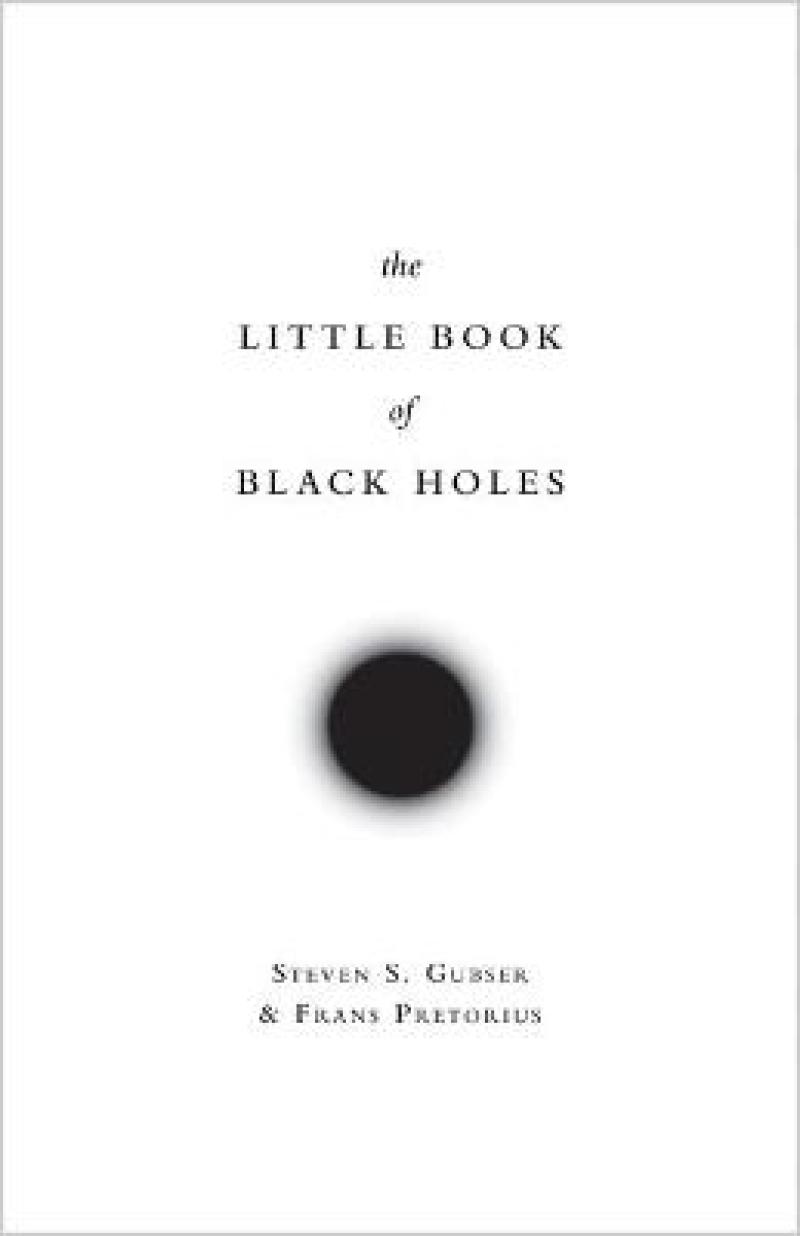Praise for The Little Book of String Theory: "Gubser ... does a masterly job of introducing string theory in simple terms and without using math."--Library Journal Praise for The Little Book of String Theory: "Steven Gubser provides a brief introduction to this complicated topic, and condenses an enormous amount of information into this 'little book.'"--ForeWord Praise for The Little Book of String Theory: "You will probably finish the book more confused than when you started, but in the best possible way: with profound questions and a desire to learn more."--New Scientist
Dive into a mind-bending exploration of the physics of black holes Black holes, predicted by Albert Einstein's general theory of relativity more than a century ago, have long intrigued scientists and the public with their bizarre and fantastical properties. Although Einstein understood that black holes were mathematical solutions to his equations, he never accepted their physical reality--a viewpoint many shared. This all changed in the 1960s and 1970s, when a deeper conceptual understanding of black holes developed just as new observations revealed the existence of quasars and X-ray binary star systems, whose mysterious properties could be explained by the presence of black holes. Black holes have since been the subject of intense research--and the physics governing how they behave and affect their surroundings is stranger and more mind-bending than any fiction. After introducing the basics of the special and general theories of relativity, this book describes black holes both as astrophysical objects and theoretical "laboratories" in which physicists can test their understanding of gravitational, quantum, and thermal physics.
From Schwarzschild black holes to rotating and colliding black holes, and from gravitational radiation to Hawking radiation and information loss, Steven Gubser and Frans Pretorius use creative thought experiments and analogies to explain their subject accessibly. They also describe the decades-long quest to observe the universe in gravitational waves, which recently resulted in the LIGO observatories' detection of the distinctive gravitational wave "chirp" of two colliding black holes--the first direct observation of black holes' existence. The Little Book of Black Holes takes readers deep into the mysterious heart of the subject, offering rare clarity of insight into the physics that makes black holes simple yet destructive manifestations of geometric destiny.
Les mer
Dive into a mind-bending exploration of the physics of black holes
"The Little Book of Black Holes by Gubser and Pretorius provides an elegantly brief introduction to the basic properties of black holes and their occurrence in the universe. I warmly recommend it to the general reader."—Roger Penrose, author of Fashion, Faith, and Fantasy in the New Physics of the Universe
"This timely book provides an excellent summary of what we know about black holes in the universe. Gubser and Pretorius are among the world's most prominent experts on this exciting subject."—Raphael Bousso, University of California, Berkeley
"Entertaining as well as informative. The Little Book of Black Holes is well written, well organized, and enjoyable to read."—Gary Horowitz, University of California, Santa Barbara
"This is a really excellent, beautifully written book. I am not aware of any other book that even approaches a comparably succinct exposition of the physics of black holes."—Sean Hartnoll, Stanford University
"This timely book provides an excellent summary of what we know about black holes in the universe. Gubser and Pretorius are among the world's most prominent experts on this exciting subject."—Raphael Bousso, University of California, Berkeley
"Entertaining as well as informative. The Little Book of Black Holes is well written, well organized, and enjoyable to read."—Gary Horowitz, University of California, Santa Barbara
"This is a really excellent, beautifully written book. I am not aware of any other book that even approaches a comparably succinct exposition of the physics of black holes."—Sean Hartnoll, Stanford University
Les mer
Produktdetaljer
ISBN
9780691163727
Publisert
2017
Utgiver
Vendor
Princeton University Press
Vekt
454 gr
Høyde
216 mm
Bredde
140 mm
Aldersnivå
U, 05
Språk
Product language
Engelsk
Format
Product format
Innbundet
Antall sider
200
